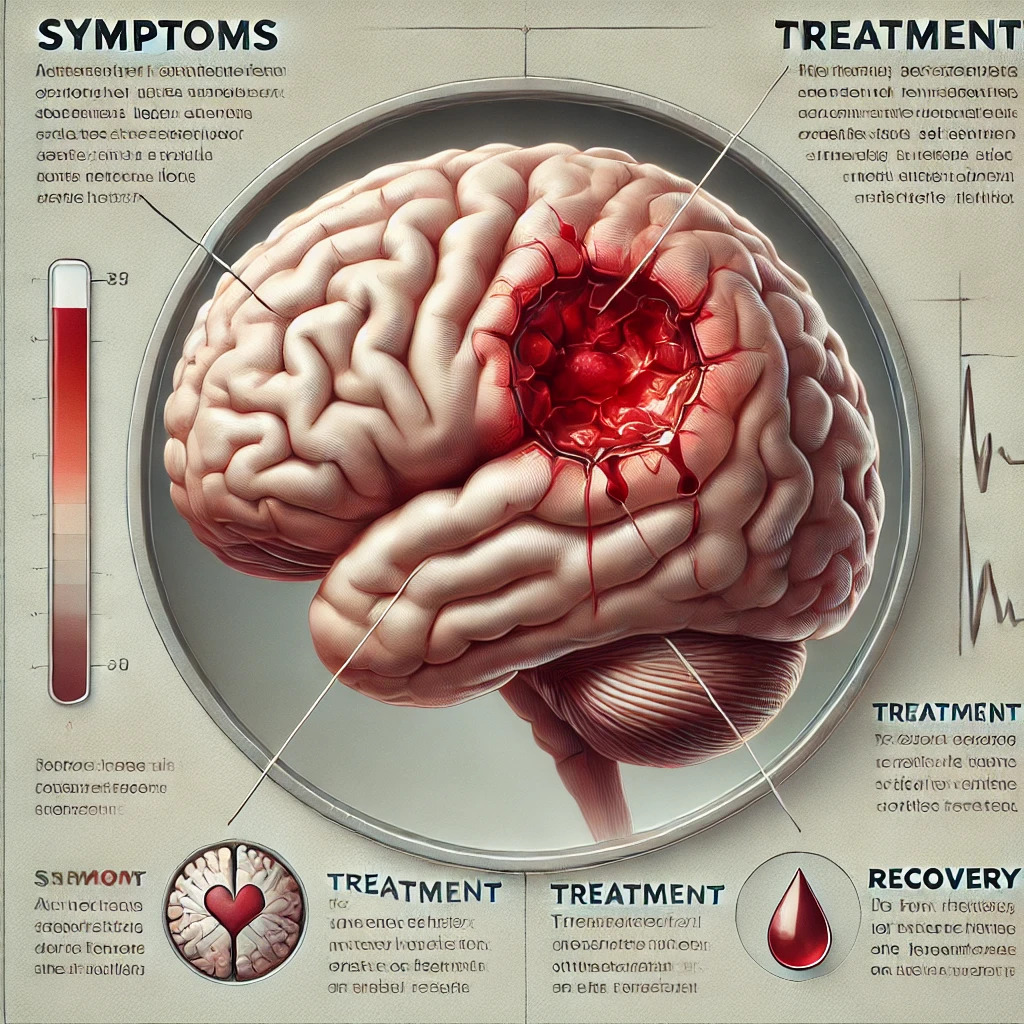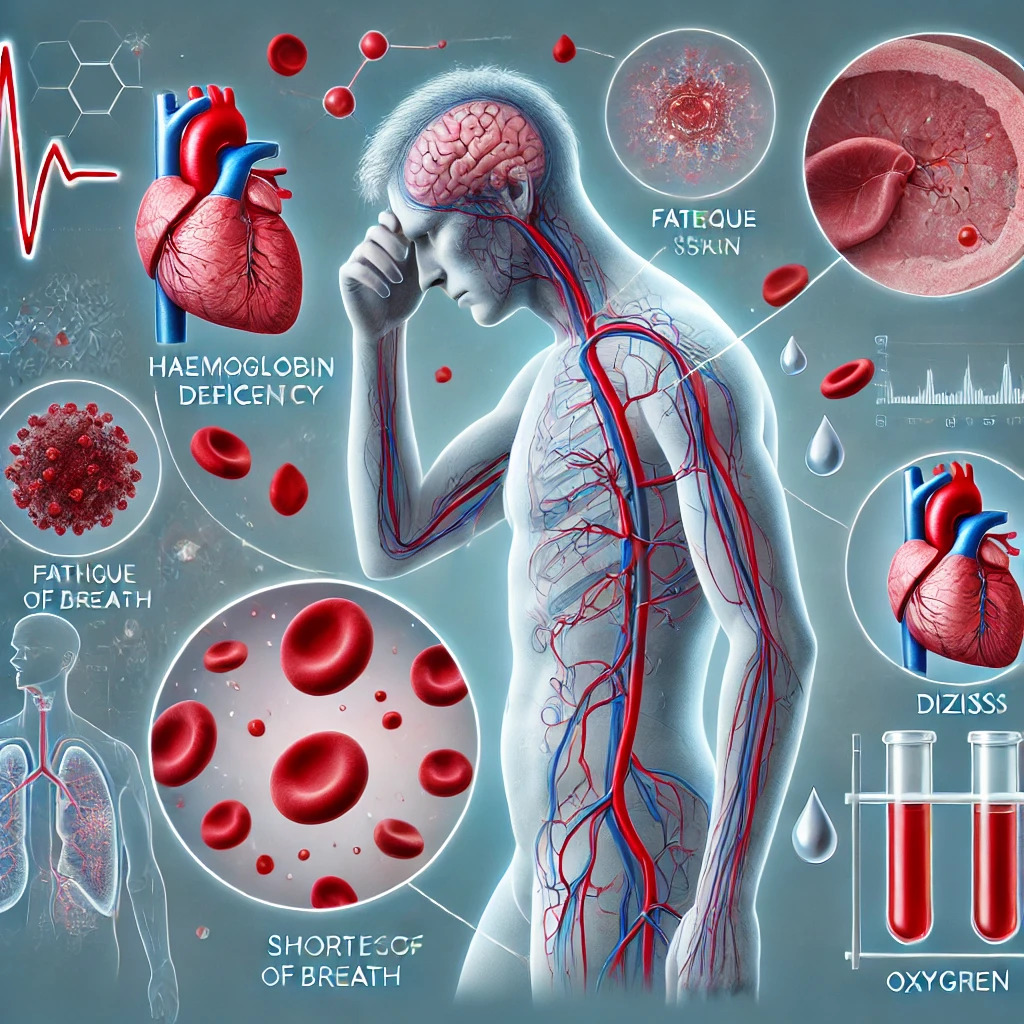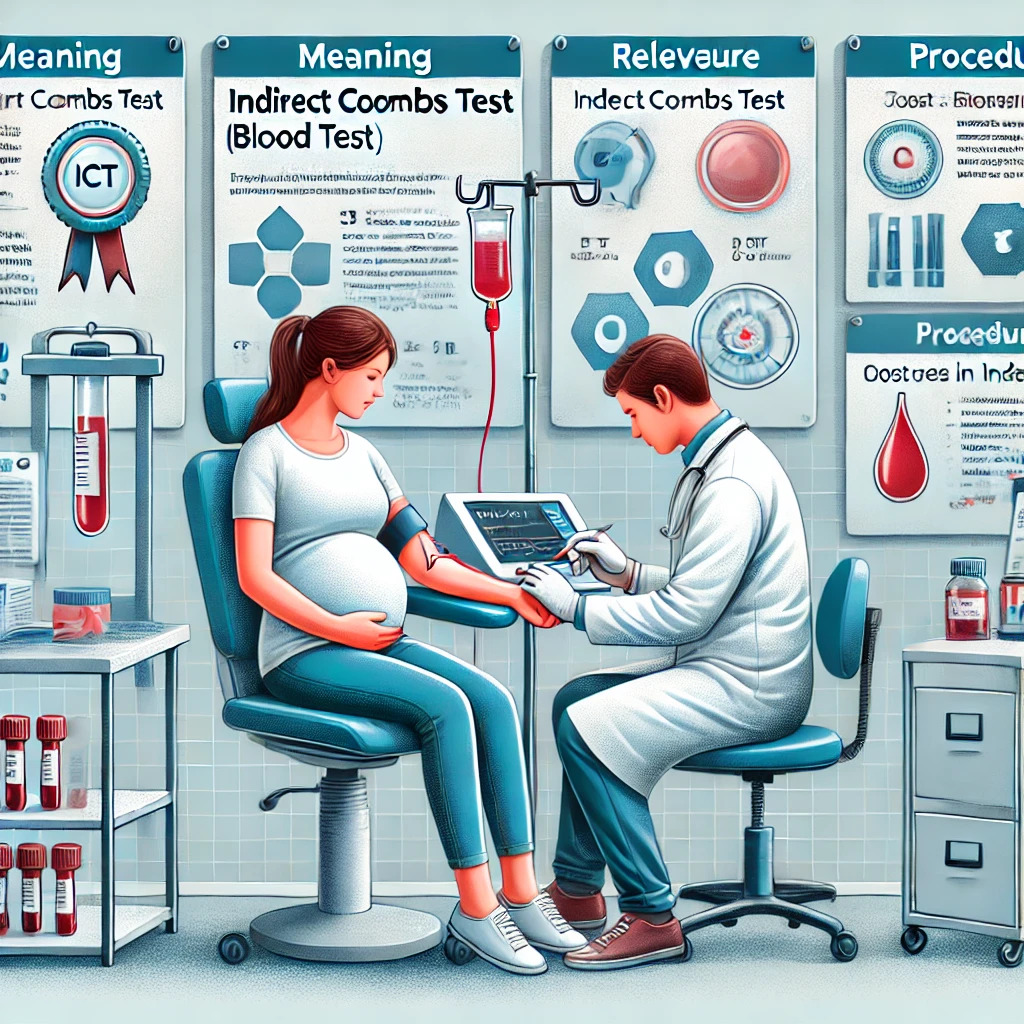Blood Clot in Brain: Symptoms, Treatment, and Recovery

A blood clot in the brain causes obstruction in the blood flow and it is a medical emergency. A blood clot in the brain results in narrowing of the blood vessel or complete blockage which reduces or blocks the blood supply to the area supplied by that blood vessel. This obstruction in the blood flow to the area of the brain supplied by the blood vessel can result in damage to the brain cells which can even be fatal. This is also called an ischemic stroke as it results from a blockage causing less or no blood supply. Another type of stroke is called haemorrhagic stroke where the blood vessel ruptures or leaks and blood pools in the brain.
Symptoms of blood clot in the brain can vary based on the area impacted. There can be different causes, the symptoms may be less or more severe, and treatment options may vary. In many cases, some warning signs may be present before one suffers any damage. To know more about causes, symptoms, and treatment of blood clots in the brain, to learn about the warning signs, and what can speed up recovery, read this blog to the end.
Understanding a Blood Clot in the Brain and Ischemic Stroke
When a blood clot forms or reaches a blood vessel in the brain due to any cause, there will be a lack of blood flow to the area of the brain which this blood vessel supplies. If the blood supply is not restored quickly, then it causes the cells in this area to die and the functions or processes which that area on brain controls will be lost or compromised. This is a medical emergency which can lead to brain damage, stroke, and even death. Every second counts and one must reach the ER at the earliest.
There are certain warning signs which the body gives and if you can identify these quick enough, you can prevent major damage by getting prompt treatment. To remember symptoms of blood clot in brain, you need to remember the phrase ‘BE FAST’ where:
? B stands for balance and loss of balance is a warning sign.
? E stands for eyes and the sign may be blurred vision, double vision, or loss of vision in one or both eyes.
? F stands for face and drooping on one side is a warning sign.
? A is for arms so check for weakness in any arm by raising both arms to see if one side is dropping or sagging.
? S is for speech so slurring, words that don't make sense, or any difficulty in speaking can be a warning sign.
? T stands for the time to get help which should be real quick. The right treatment options are also based on how much time has passed after the symptoms started.
Other symptoms of a blood clot in brain are:
? Sudden confusion or agitation
? Sudden severe headache
? Numbness and/or weakness may be experienced in the face, arms, or legs mainly on one side of the body.
? Total or partial loss of any one or more senses like vision, heading, smell, taste, and touch which develops suddenly.
? Ataxia
? Vertigo or feeling dizzy
? Neck stiffness
? Memory loss
? Inability or difficulty in speaking
? Fainting
? Coma
If you or anyone else has these symptoms, it is important to
seek immediate medical care as a blood
clot in the brain is a medical emergency.
Anyone can have a stroke but some people are more susceptible as certain risk factors in the people over the age of 65 increases their chances. Some medical conditions may also make it more likely to happen. Ischemic strokes due to blood clots in the brain are more common than hemorrhagic strokes. The symptoms seen due to a stroke are because each area of our brain controls specific abilities and severity of damage to that area will impact those abilities.
Blood Clot in Brain: Causes and Risk Factors
A blood clot can form in the brain itself or it may travel from elsewhere when a fragment of a clot in another region breaks and travels to the brain via the blood vessels.
Conditions and risk factors that can lead to blood clots in the brain include:
? Atherosclerosis, a condition in which fatty deposits buildup in the arteries forming plaques.
? Clotting disorders
? Defects in the cardiovascular system like atrial or ventricular septal defect, atrial fibrillation, etc.
? Fat emboli
? Infections and sepsis
? Excessive alcohol use
? High blood pressure as it can damage the blood vessels which can increase the likelihood of clot formation.
? Hyperlipidemia
? Type 2 diabetes
? Smoking
? Poor dietary and lifestyle habits
? Certain hormonal factors
? Genetic factors can also affect blood clotting.
Tests Used for Diagnosis and Management of Blood Clots in Brain
A number of lab tests and imaging tests are there which can be used in diagnosing and management of blood clots in the brain. The choice of tests will depend on individual factors. These tests are:
? CT scan of the head may be one of the first tests to be done after someone has a stroke.
? MRI can be used for a detailed imaging of the brain tissue.
? Blood tests include CBC, coagulation studies (Prothrombin time, aPTT, etc), D-dimer test to check the presence of clots, tests for heart, lipid profile, etc.
? Doppler Ultrasound
? Cerebral angiography which uses a contrast dye.
? Electrocardiogram (ECG) for the heart.
? Genetic testing
? Infrequently trauma to the brain.
Management and Treatment for a Blood Clot in the Brain
Ischemic strokes cut off or reduce blood supply to the affected area in the brain which is why the first goal is to restore circulation as soon as possible. This will restrict the damage and prevent cell death. The first 3-4 hours are crucial and thrombolytic drugs given during this period can be life saving. These drugs will dissolve the clot.
If the treatment gets delayed, then other options may be used like endovascular mechanical thrombectomy which is a surgery to remove clot. This is usually successful in the first 24 hours.
Surgeries like burr hole surgery and craniotomy are other options to remove the blood clot.
Other treatment options include mild hypothermia to bring down body temperature as that can prevent or limit death of the brain cells. Blood sugar management and blood pressure management are also important. Blood thinners are also used. Supplemental oxygen is provided.
For rehabilitation and recovery, lifestyle changes are necessary to prevent future strokes. Physiotherapy, Speech therapy, Occupational therapy, and cognitive therapy may be required.
Treatment and rehabilitation choices depend on when the patient reaches the ER, what are the risk factors, what is the severity of the stroke, individual factors, etc. It is a medical emergency where a delay in seeking treatment may be fatal or damage may be severe enough to restrict a person completely to bed. Therefore prompt medical care should be sought.
Also Read: - DC blood test normal range
Recovery After a Blood Clot in the Brain
After an ischemic stroke due to a blood clot, recovery will vary for every person based on factors like location of the clot, severity of the stroke, timeliness of the treatment, and overall health.
Prompt treatment and regular monitoring; rehabilitation using different therapies; effective lifestyle changes like managing blood sugar and blood pressure, quitting alcohol and smoking, controlling diabetes, losing excess weight, managing stress; emotional support; and regular follow-up can bring about the best outcomes. Many people with stroke will recover well and lead a normal lifestyle.
Conclusion
A blood clot in the brain can have a range of symptoms which may be minor or severe. A full blown stroke can cause paralysis and in some cases it can be fatal if treatment is delayed. If you or anyone is experiencing any symptoms, reach an emergency care facility at the earliest.
If you have any risk factors or need a lab work for risk assessment or to rule out any issues, or have been prescribed tests as a part of management of your condition, O-Labin Jammu is the best place to get all your blood tests done. Reach out to our team for your queries and to book a sample collection at home.
FAQs
1. Is blood clot in the brain curable?
A. With prompt treatment, a blood clot in the brain can often be treated effectively. Some people will have a complete recovery while others may have different levels of lingering effects based on several factors. Time is of essence when seeking treatment and plays a crucial role in recovery.
2. How can blood clot in the brain be
dissolved?
A. Different options are available like thrombolytic drugs, mechanical thrombectomy, burr hole surgery, craniotomy, etc, which may be used depending upon when the patient presents for treatment, location of the clot, etc.
3. What is the survival rate for blood clots
in the brain?
A. Survival rates have improved with modern treatments and facilities. 70-80% patients survive but long term outcomes vary based on several factors.
4. What is TIA or mini stroke?
A. A TIA or transient ischemic stroke, also called mini stroke, is a temporary episode of reduced blood supply in a region of the brain. It will not cause permanent damage but signals a risk for future stroke and requires immediate medical attention.





